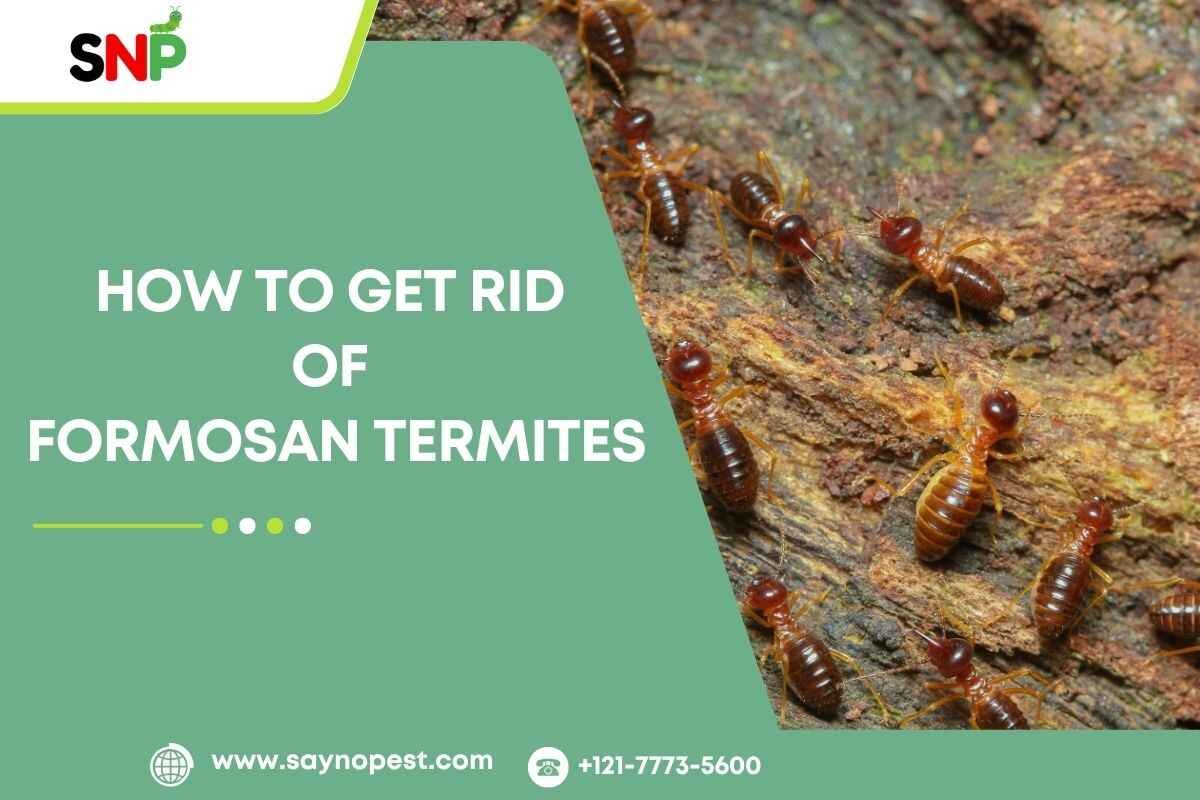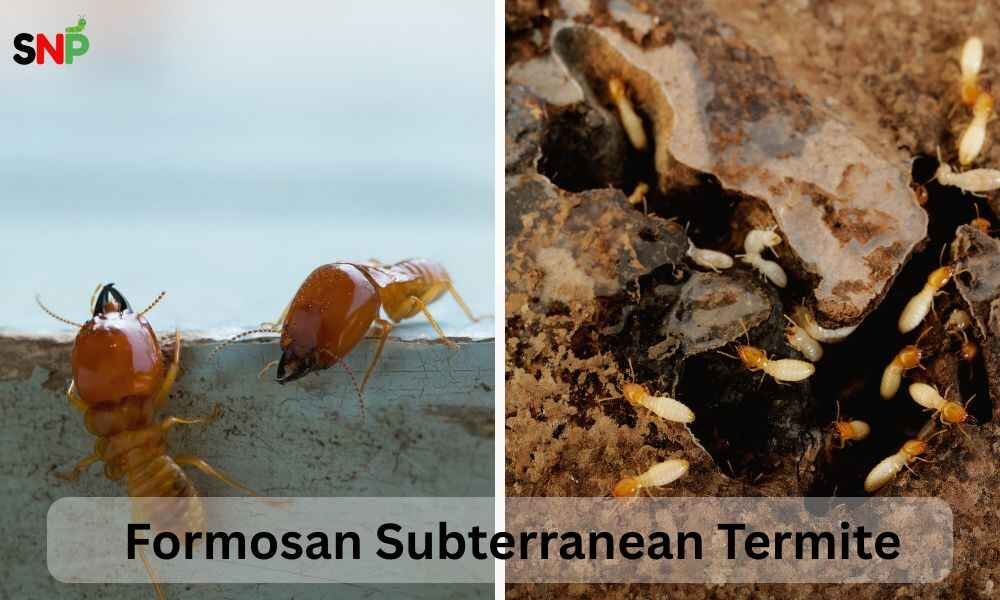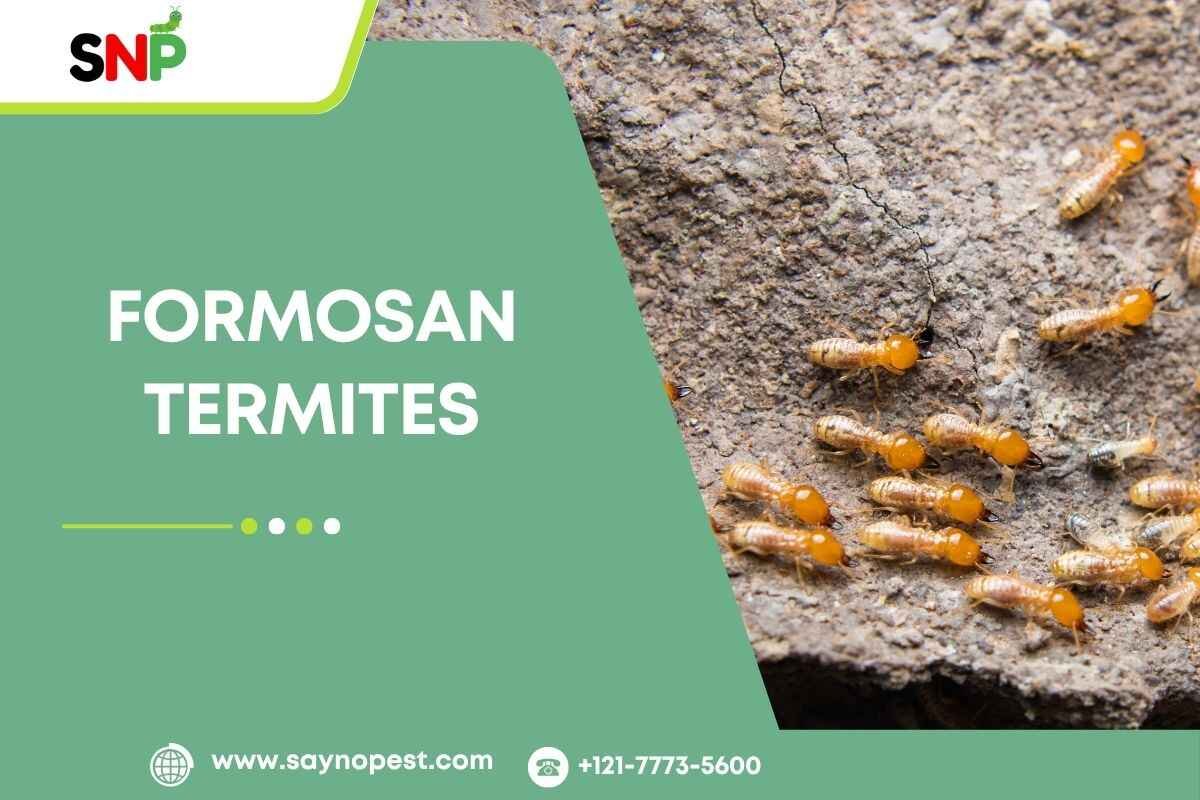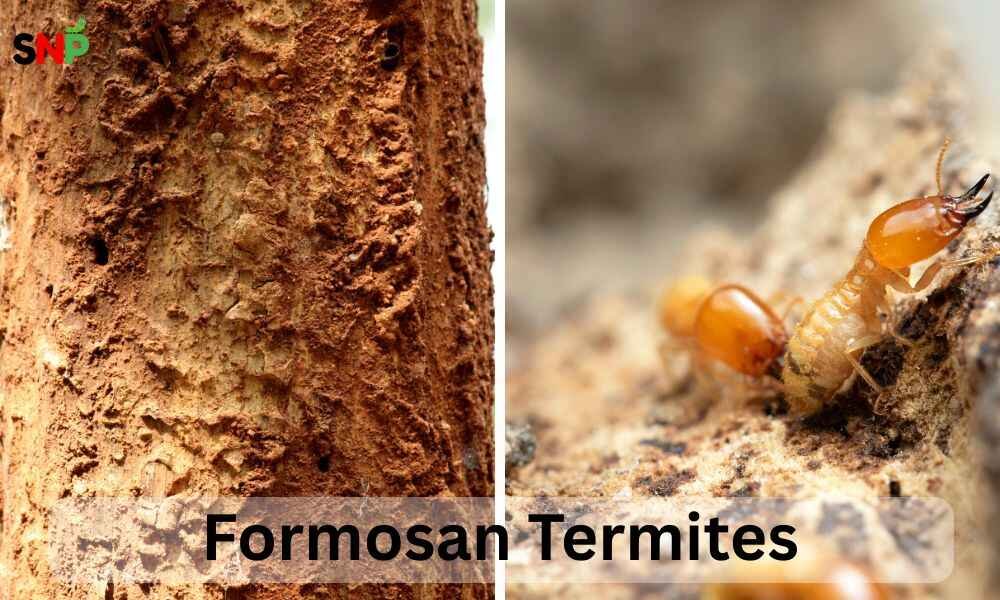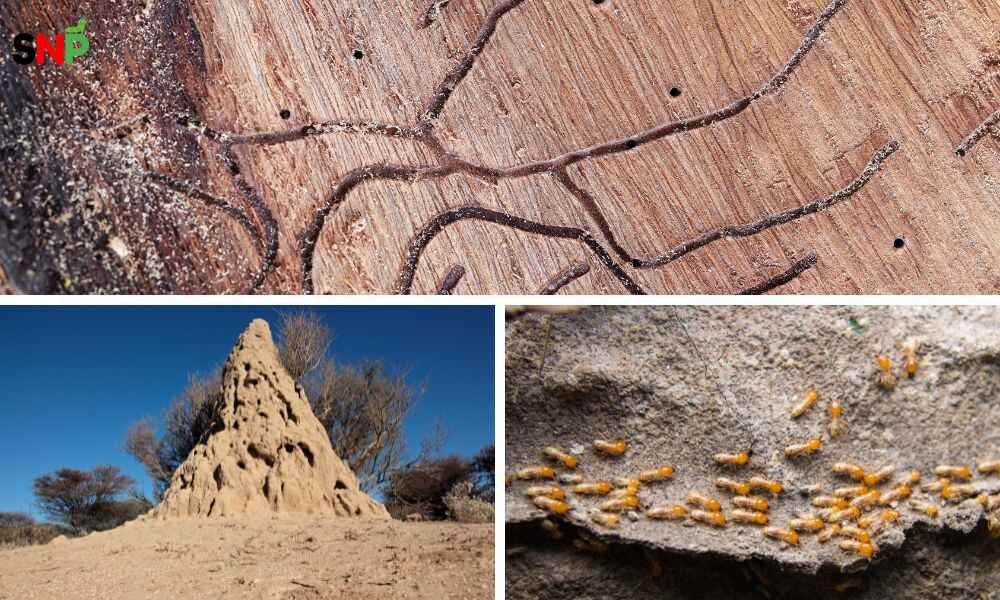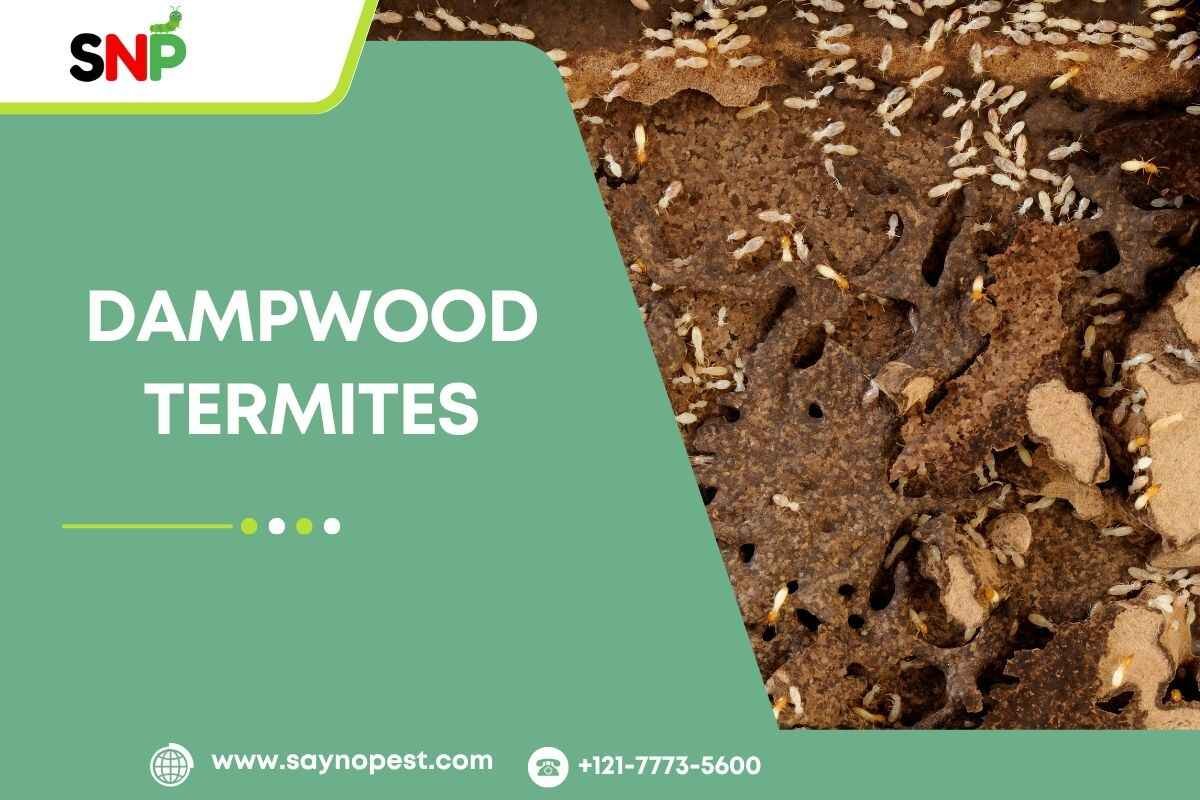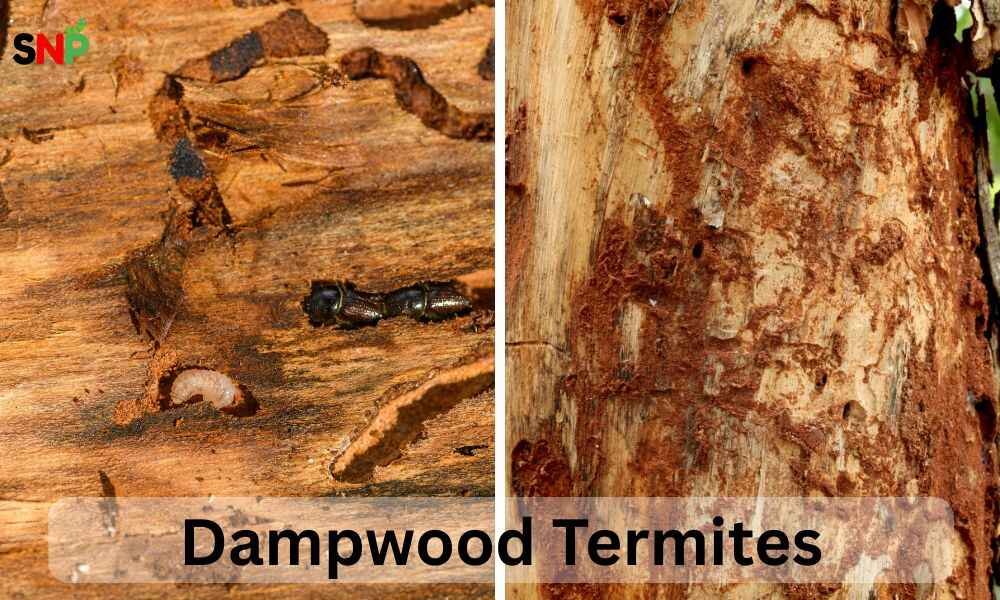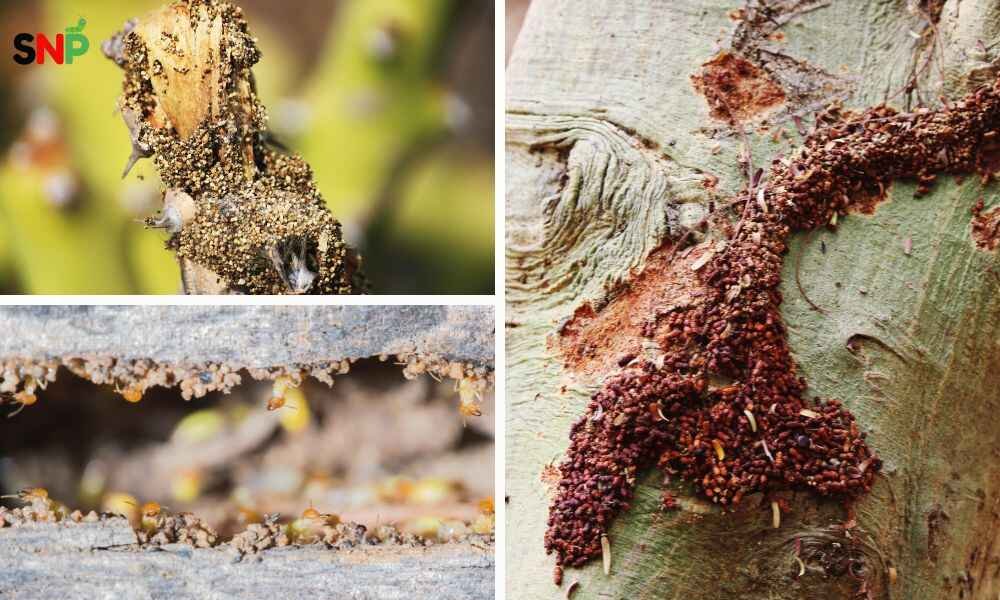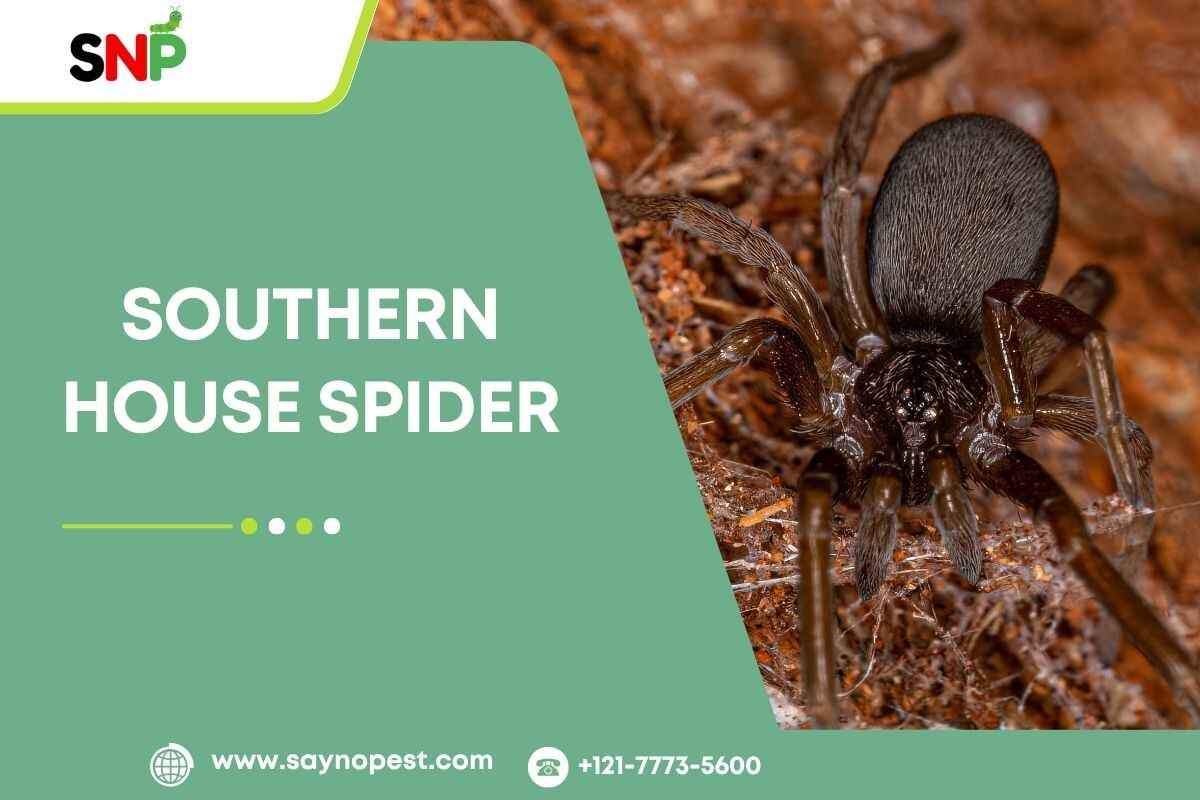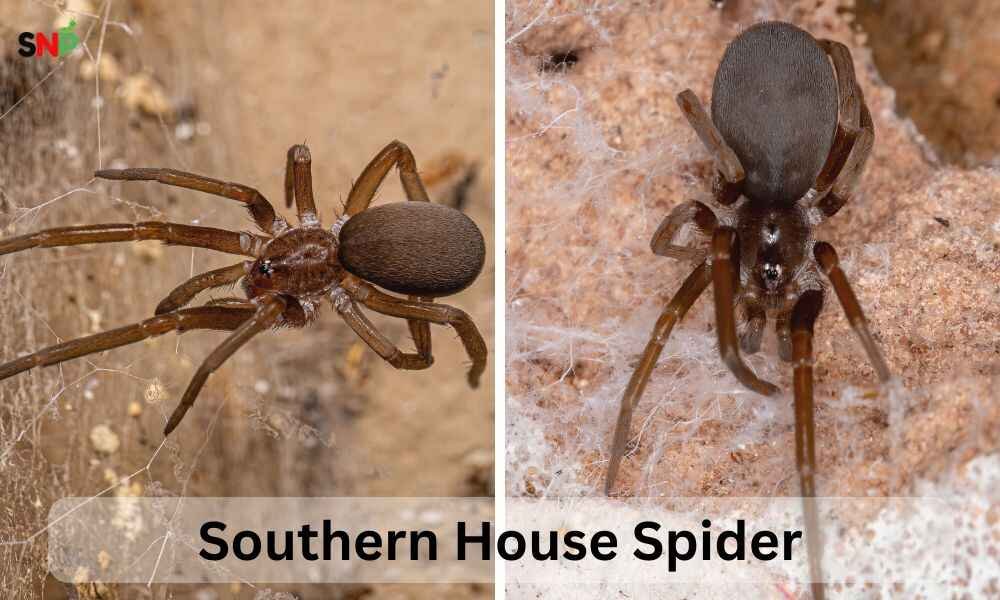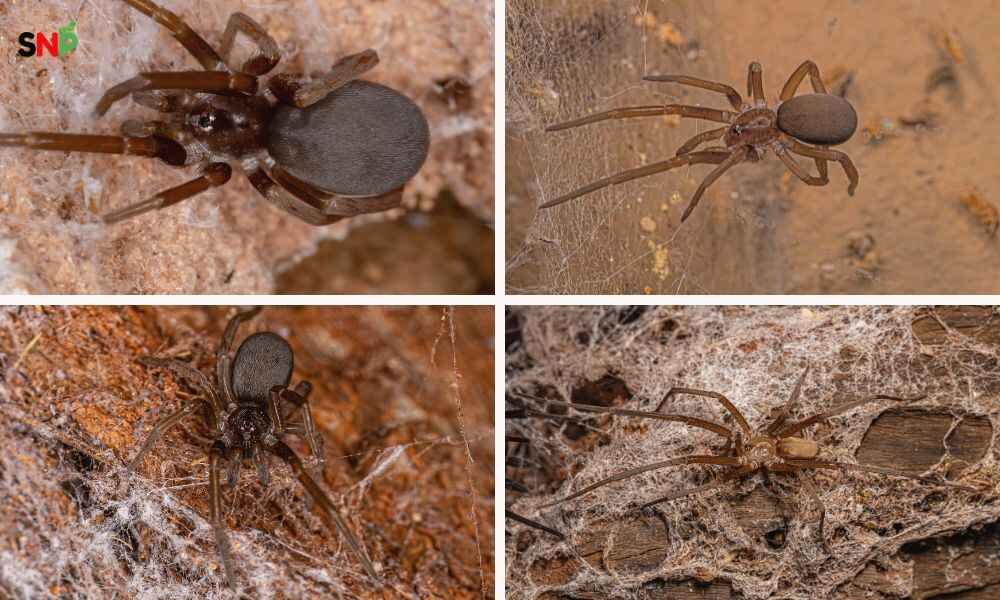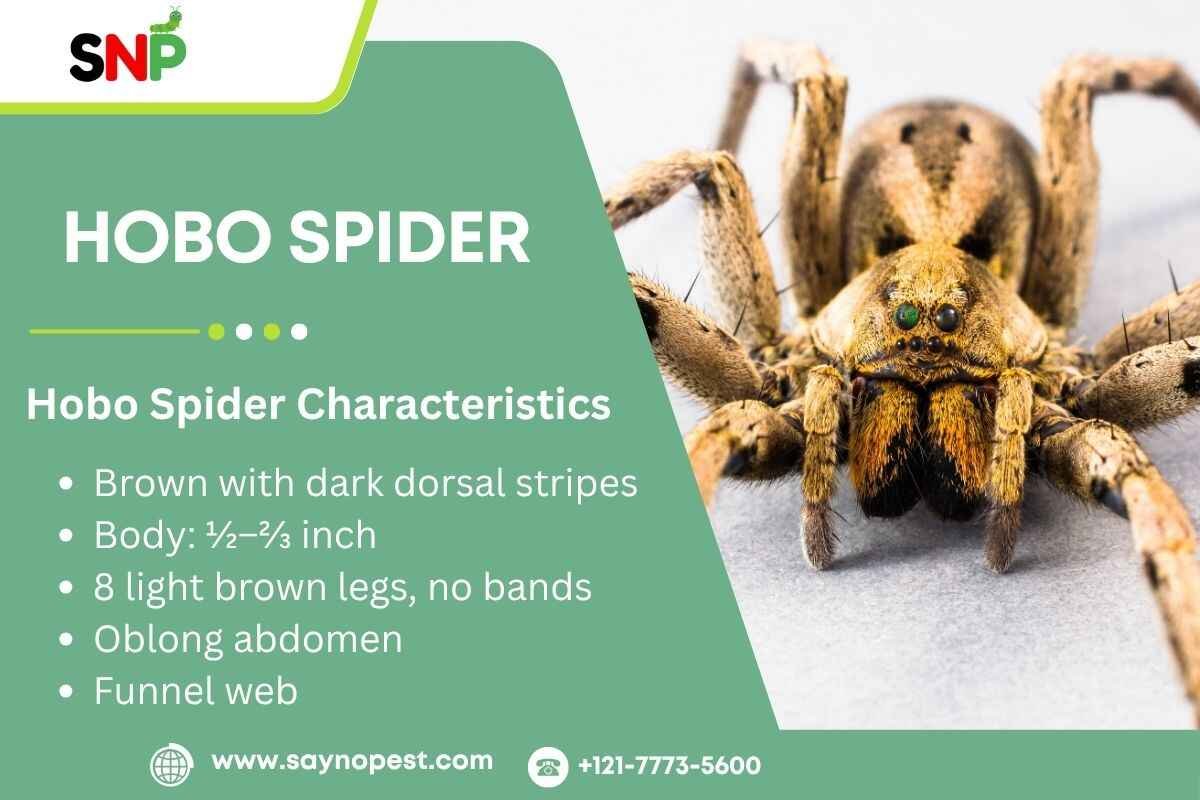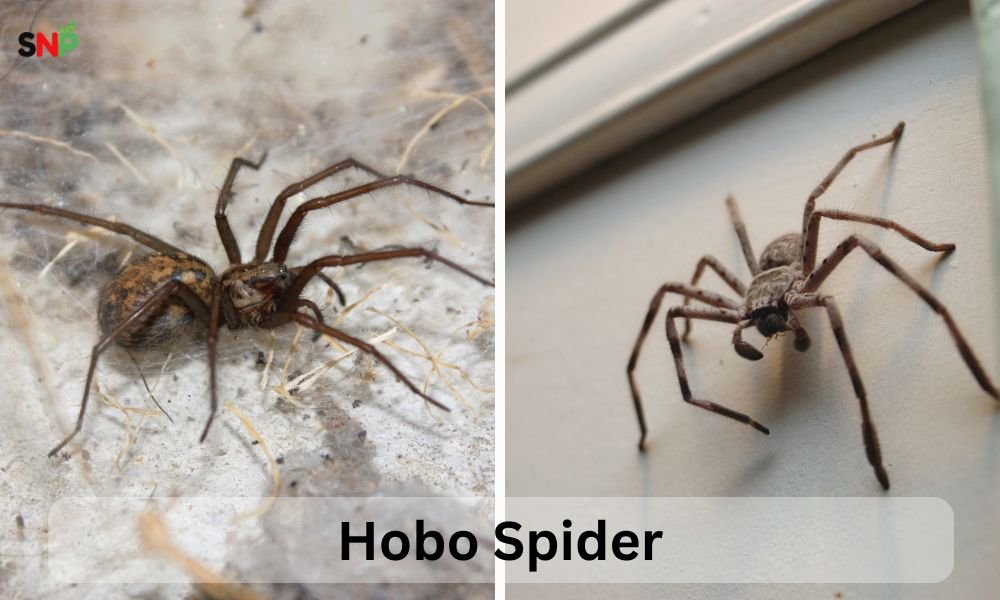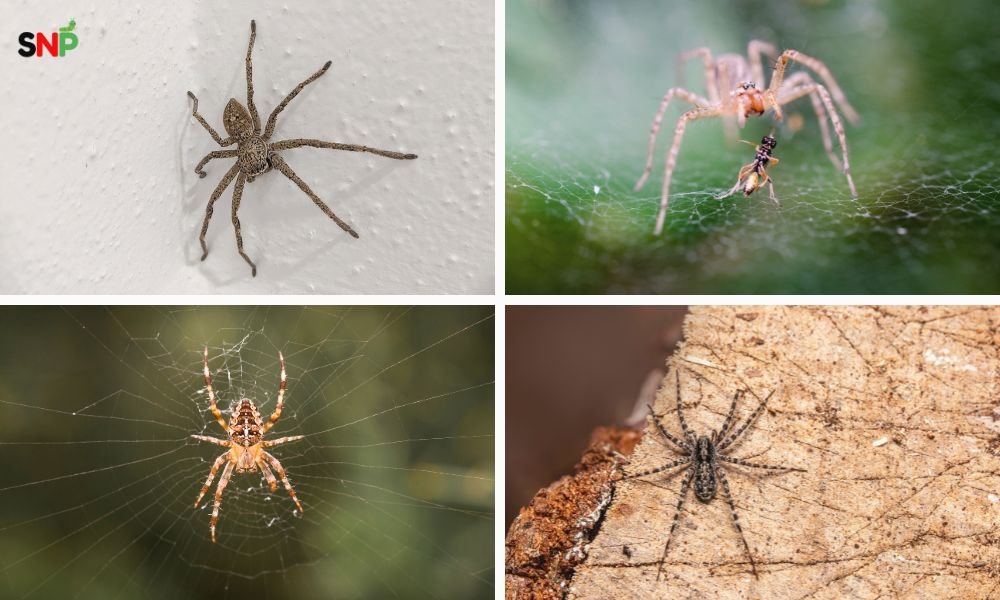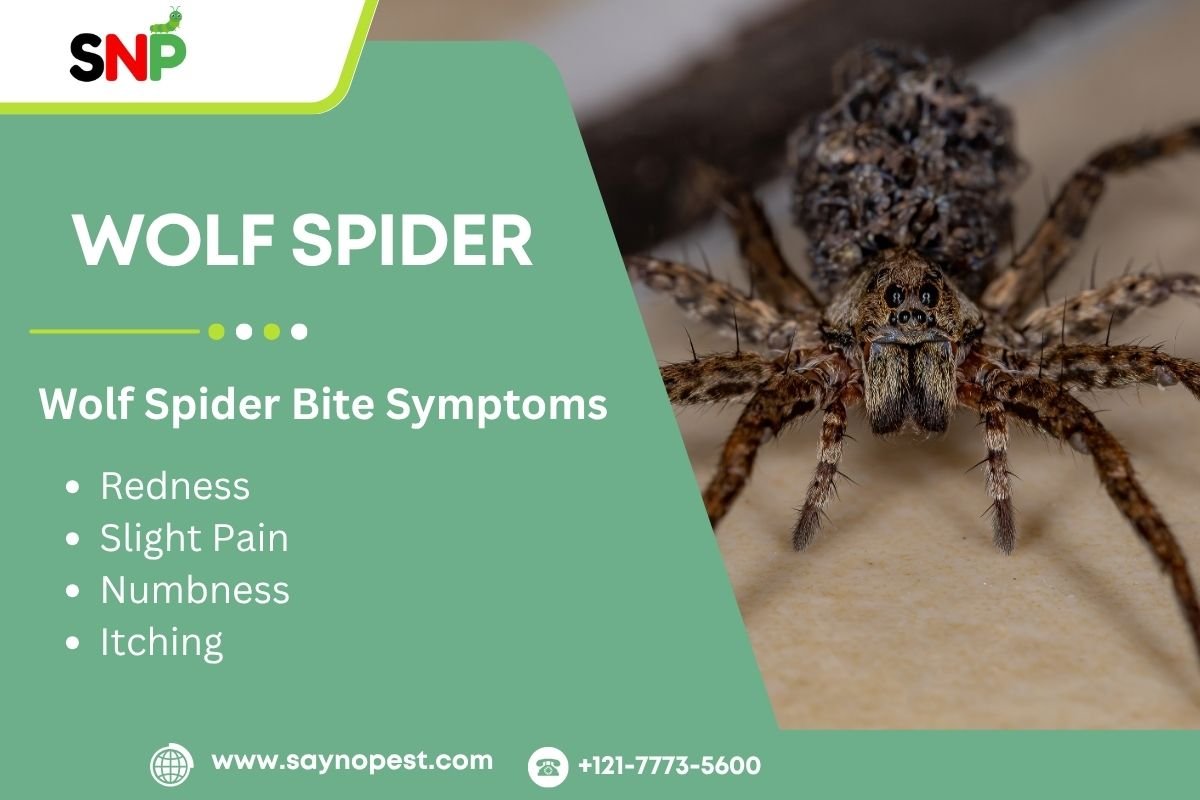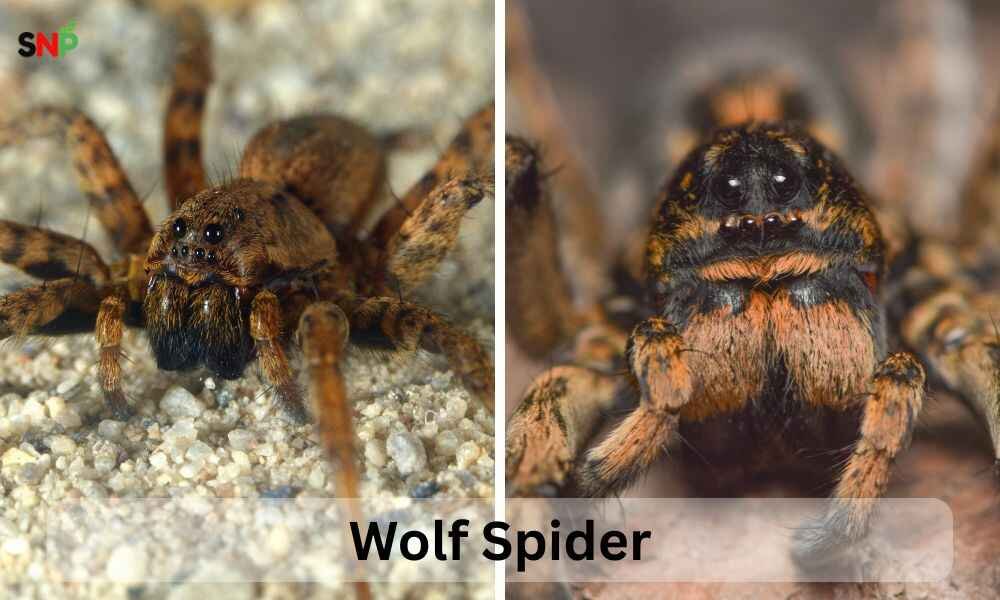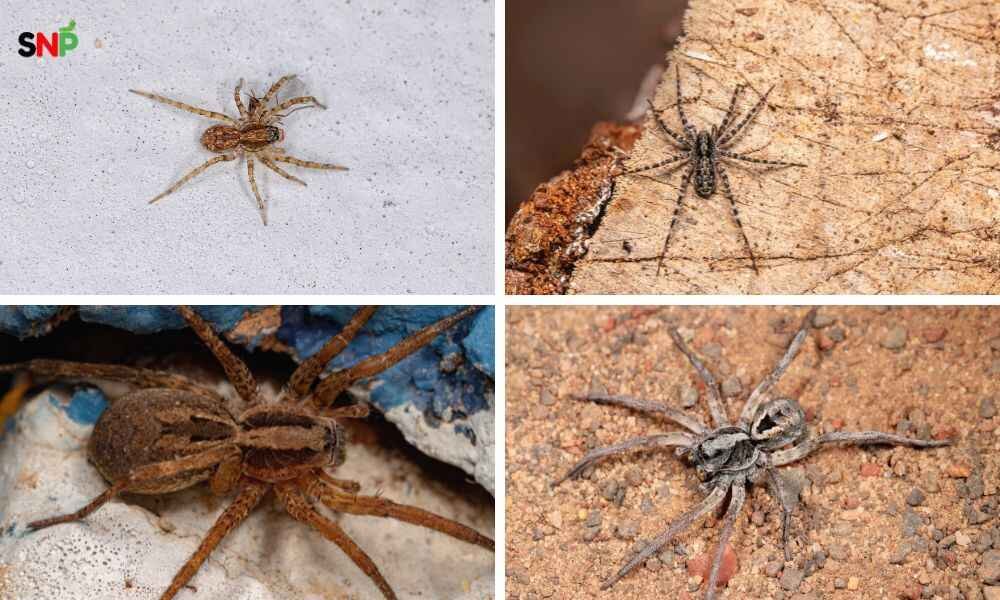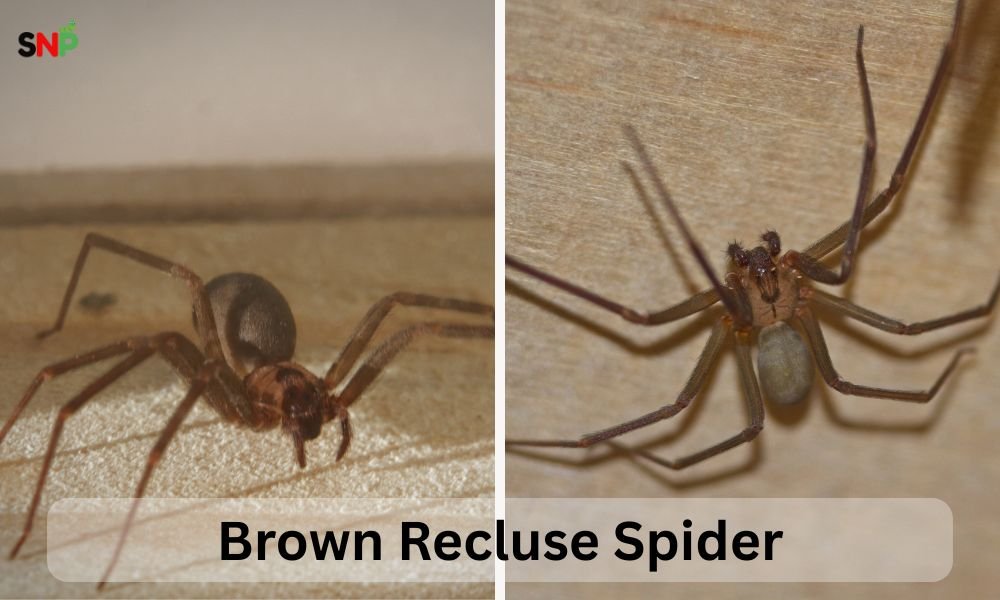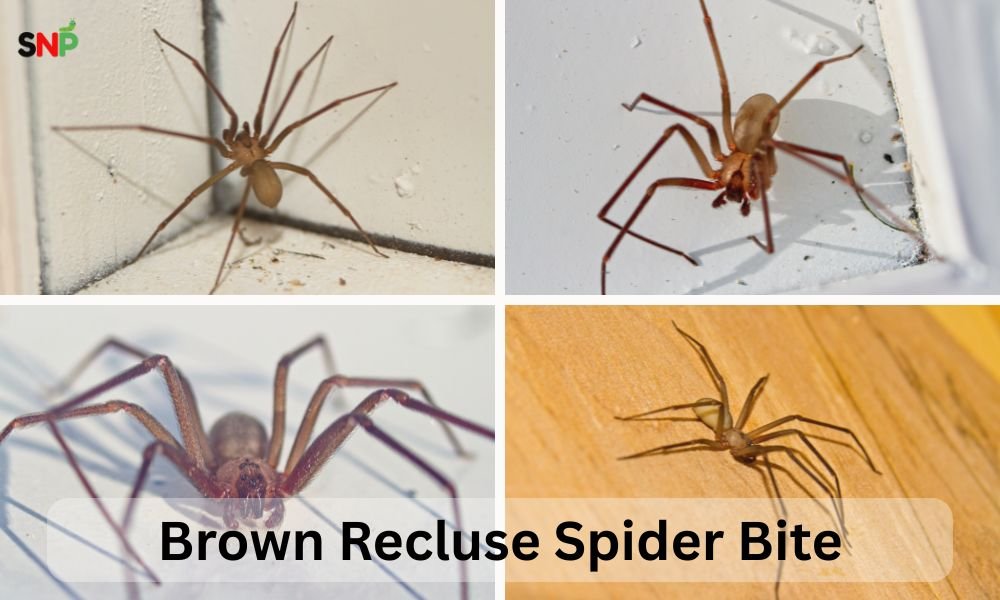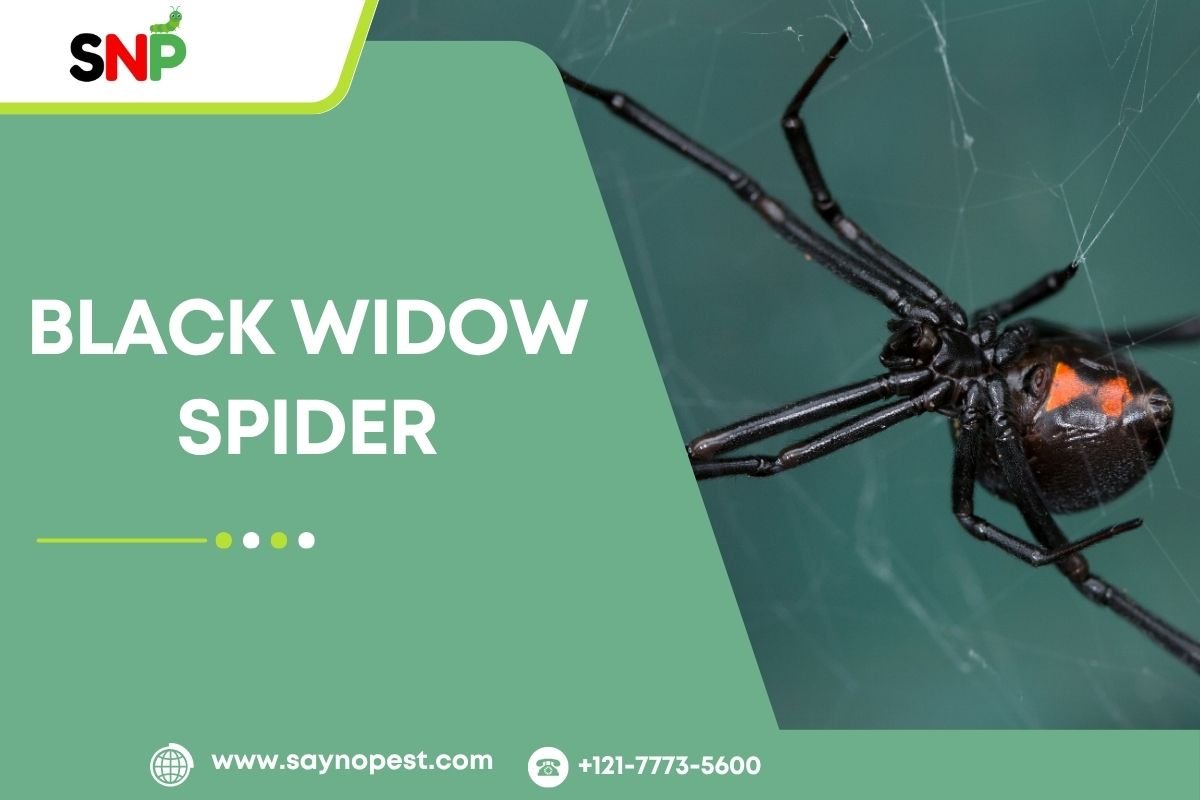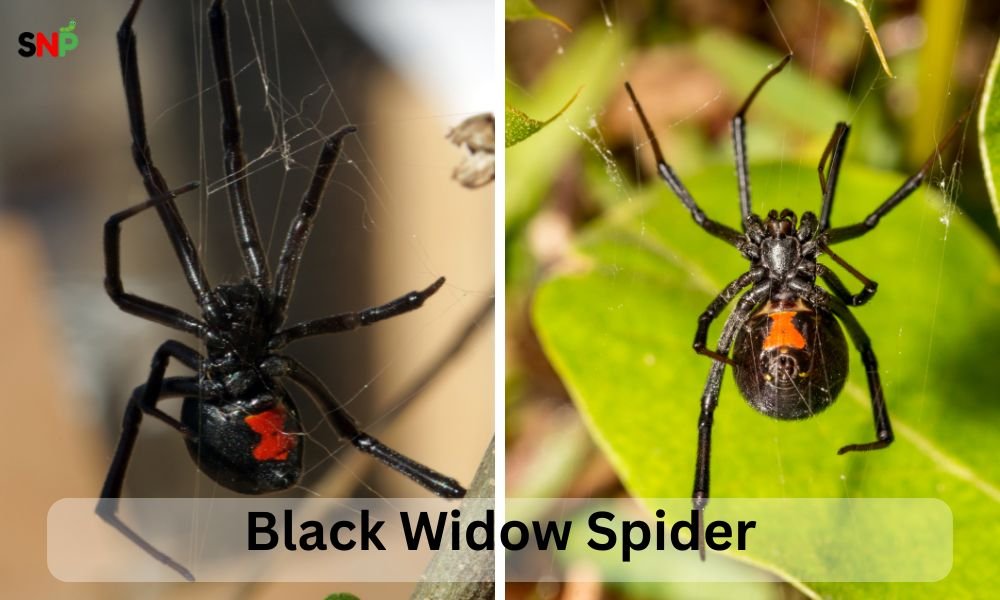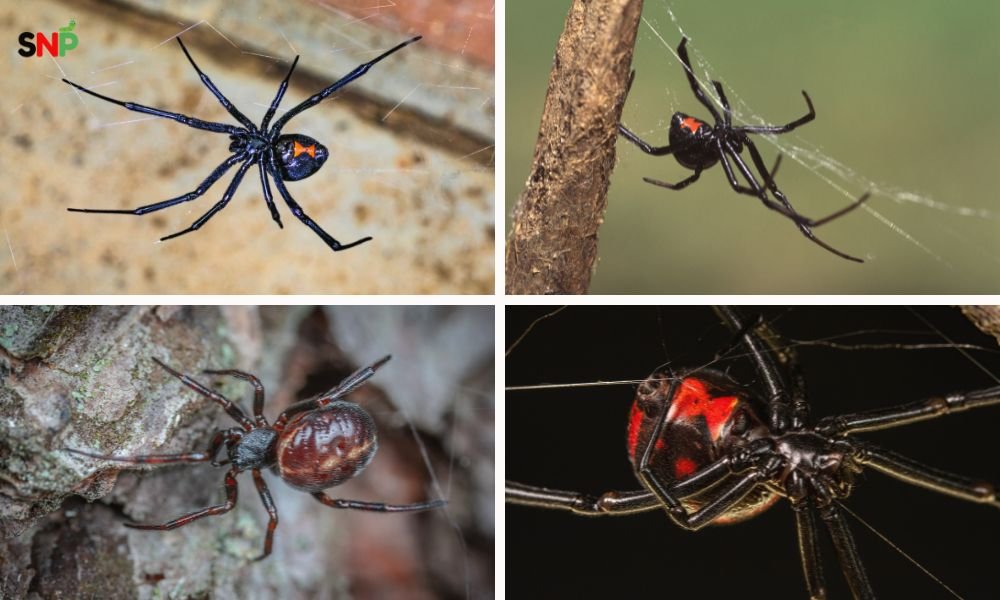A brown banded cockroach might have seen by you if you find one in your house. The same is true for me and a few other people. Brown roaches, as they commonly known, are the brown banded cockroach in house of America. Since roaches are tough and change very fast, they can soon become a problem, so homeowners need to learn how they live and how to eliminate them right away.
What Does Brown-Banded Cockroach Eat?
The brown banded cockroach does not depend highly on food since there are not many household objects that they won’t eat. They are rather opportunistic feeders, for sure, but those pests mostly like starchy materials. They often feed on book bindings, wallpaper glue, stamps, and even the adhesives found in furniture and boxes. With that, the brown roach will also eat garbage, food crumbs, and non-food things like nylon stockings. This is because they are probably attract by body oils or skin flakes. Their ability to survive on such a wide variety of food is one feature that enables the brown cockroach to live in so many places.
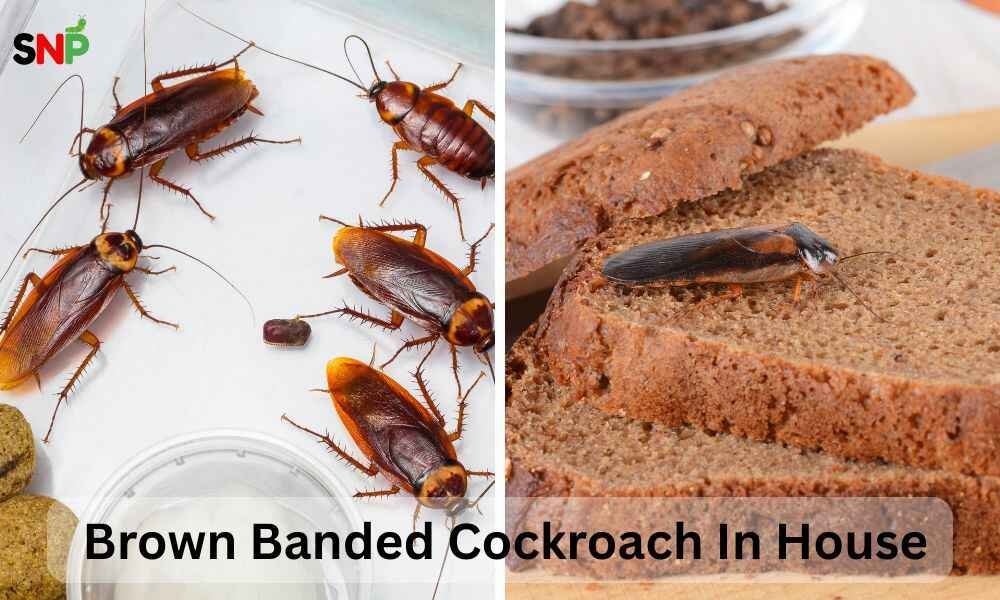
Brown Banded Cockroach Nymph
Firstly, the life of the brown banded cockroach in house goes through the stage of the nymph when the cycle of the life of the brown banded cockroach in a house starts. A brown baneded cockroach nymph looks like a smaller version of an adult roach but is much darker in color and has two pale bands running across its body—these bands are even more visible in the nymph stage. As nymphs grow up, they shed their exoskeleton several times before they get to be adults.
A female brown cockroach is capable of producing 14 egg capsules during her lifetime. Each capsule holds 10-18 eggs. This is how a swarm of cockroaches can formed and become out of control very quickly if no one gets to it. The nymphs love to be in safe places that are warm and dry, so they are very hard to find until the number of those bugs has already grown.
Brown Banded Cockroach Habitat
Another important thing to know is the brown banded cockroach habitat to able to effectively combat them. The brown cockroach is different from the other species that are generally wetter environments-loving insects; therefore, here they are typically of in warm, dry areas. You may often find them in the upper areas of cabinets, pantries, closets, behind picture frames, inside gadgets, and either behind wallpaper or light switch plates. They can live in places where food is not present, like living rooms and bedrooms, because they can change. That’s how they became known as furniture cockroaches. Though they mainly appear at night, there’s a chance of spotting brown banded cockroaches in house during the day if there is a severe infestation.
How to Get Rid of Brown Banded Cockroach
A multi-step plan is what is need to follow in order of how to get rid of a brown banded cockroach in house.
Inspection
A good start would be checking your home in an in-depth manner, focusing on the places that are high, warm, and dry. Besides that, turn over pictures, look inside cabinets, closets, and around electronics. The droppings of the pest are similar to small black dots, while the egg covers are light yellow-brown.
Sanitation
There is another way to say it: cleanliness is like having godly traits, and that is very much true. Spills, food remains, and oil should cleaned up right away. Not only food, but also storage containers should not have any openings as well and the garbage that is deposite should always be tight and clean. The food, that the ideal place for the brown cockroach to get it is vacuum and wipe, is thus regularly remove.
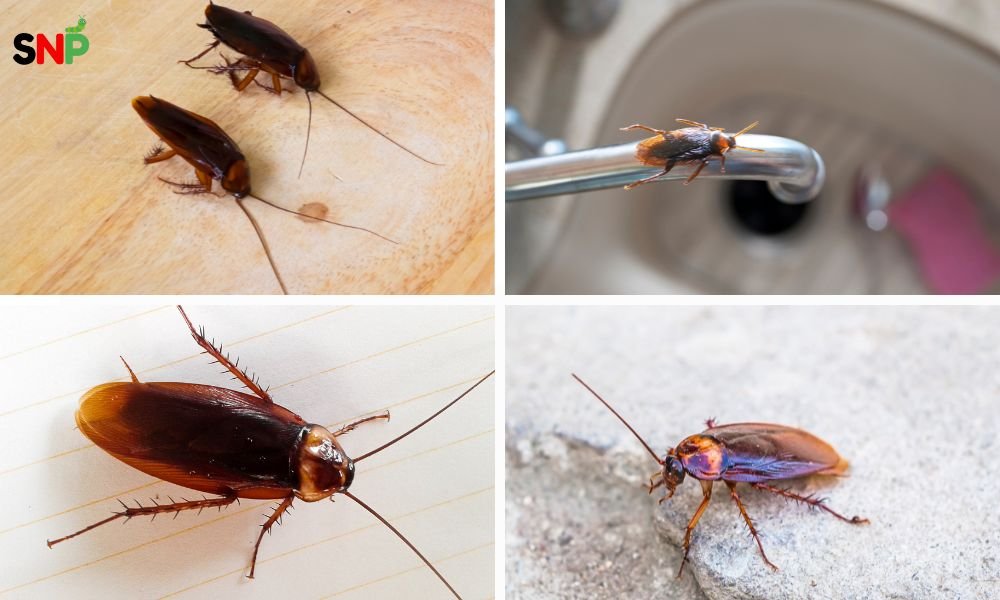
Exclusion
Furthermore, make sure you close tightly all possible entrances in your room; these might be holes left along the doors, windows, and other utility lines. The points of furniture and boxes should thoroughly checked before bringing them indoors, as these are the most common ways that the brown roach could sneak into your house.
Chemical Control
Pick bait stations that have substances such as hydramethylnon, fipronil, or boric acid to control brown banded cockroaches in areas where they may live. Also, some examples of insecticidal dusts (such as boric acid or diatomaceous earth) may put in cracks and gaps, but remember not to apply them too heavily, as the roaches may avoid those areas. You should always follow what the label says and keep bothersome chemicals out of reach for anyone who could easily grab them.
Professional Help
In the event that you cannot deal with the problem yourself, you must get a professional to treat it and make sure the solution will last.
Conclusion
The presence of brown banded cockroaches bothers people and might even harm health because they have allergy-causing particles and various pathogens. It is important to understand their habits, mainly that they like dry, warm areas and have many food items. Being alert, using proper cleaning, applying exclusion methods, and choosing the correct chemicals helps get rid of brown cockroaches from your home. If you think you have pests, deal with the situation right away and turn to a professional to avoid leaving your home unprotected. For more interesting information wisit our website Saynopest.

